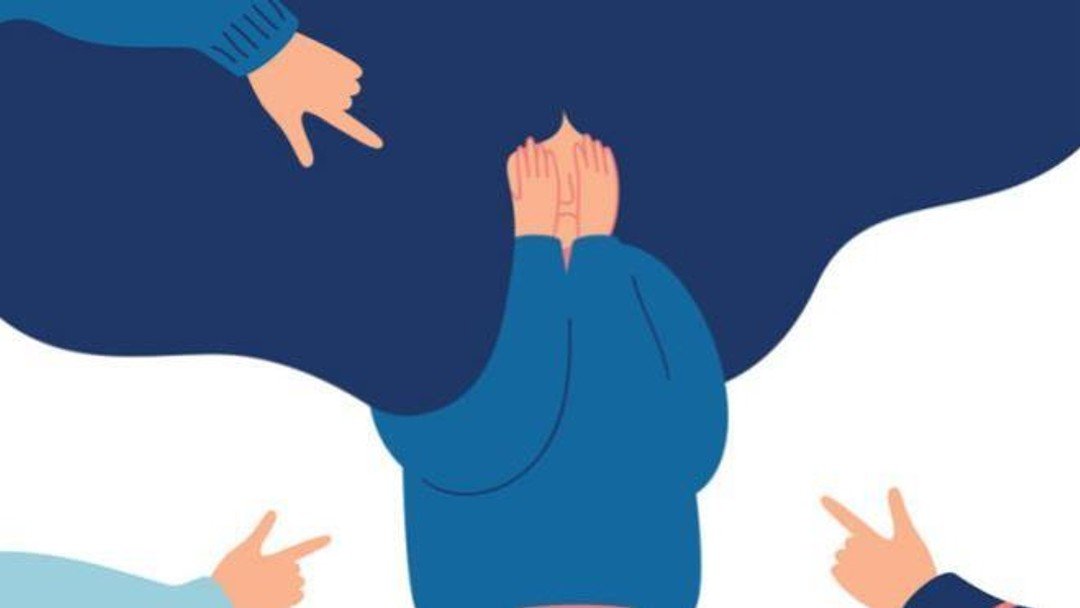What makes a bully?

By Bob Murray
Bob Murray explores the conditions in which bullying thrives and how to counter them
We live in an age of bullying, and with the added stressors of working from home, it will increasingly become cyber bullying and harassment.
Bullying occurs because it’s permitted and sometimes encouraged. The truth is, we’ve known how to defeat workplace bullying since 1970 but nothing has changed. If anything it is worse, as a recent International Bar Association report made clear.
Bullies are both born and made. Some are genetically predisposed to be the way they are; others are the product of a certain kind of parenting; and a small number are created by the pressures inherent in their jobs. There are ‘pure bullies’ (mostly genetically predisposed and overwhelmingly male), ‘bully-victims’ and ‘pure victims’.
The genetics driving an individual to become a leader and those predisposing a person to become a bully are similar but having the genetics doesn’t necessarily make you either a leader or a bully. Just as bullying has several different causes, there are a variety of solutions to the problem.
Increasing a bully’s self-esteem doesn’t work – Until recently, researchers supposed that lack of self-esteem was behind bullying; that by building up their self-esteem the errant behaviour would stop. Recent studies have shown that this might be true of female bullies but not of males. When males with high self-esteem intimidate or persecute colleagues it’s often because they have a low opinion of the workplace, their peers or juniors – not themselves. Poor workplace culture encourages their bullying.
Just increasing the victim’s self-esteem isn’t the answer – Many anti-bullying programs have focused on raising the self-esteem of victims and bully-victims in the belief they will be better able to stand up for themselves. That’s true for pure victims but any increase in self-esteem is useless unless the context of the workplace changes so that the new level of self-esteem is maintained. It could even be counterproductive. Most victims and bully-victims suffer from depression (which is rampant in the legal profession) and treating this may be a better option.
Bullying is learned – Bullies learn their craft from watching other successful bullies. They learn how to select victims and how to persecute them. Bullies are rewarded for their actions by getting more attention, followers and status. Many people are attracted to bullies: they’re seen as strong and able to offer protection. Male adolescents and adult bullies have a greater selection of girlfriends and a larger group of followers and friends. In law, they often have more clients. They generally have higher incomes.
Teaching top dogs new tricks – The desire to achieve status and affection is true of all human beings, but especially of bullies. Catherine Ryan, the development and engagement manager of a mid-sized US firm says: “Most bullying is hierarchical and very little of it is ‘peer-to-peer’”.
She says the best way to deal with hierarchical bullying is to reduce the bully’s positional or remuneration status. One US firm set out a list of behaviours it would not tolerate, such as targeted practical jokes, unfair allocation of work and excessive performance monitoring. But this is only the first step. Since a bully’s prime drive is for safety and status, and the aberrant behaviours were learned, they can learn other behaviours which will bring the same rewards – in a non-abusive way. The problem is that firms are rarely clear about what behaviours they’ll reward besides income generation.
We have successfully pioneered a behavioural charter in several law firms which were beset by harassment and bullying, as well as those that were not. The idea is that teams, departments or the organisation as a whole decide on a limited number of specific ‘core behaviours’ appropriate to them and to the firms’ values. For example, under “respect” might be “we say please and thank you” or “good morning”; and under ‘trust’ might be “we strive to do what we say we will”. A person must follow these core behaviours if they are to remain a member of the tribe. Adherence often becomes part of the way overall performance is judged and promotion granted.
The key element is that everyone regardless of rank participates and has an equal say in what goes into the charter, so the behaviours are socially reinforced. Adherence is rewarded with, for instance, praise, inclusion and advancement. Those subscribing to the charter feel more empowered to report abusive behaviour and sanction the bully. Eventually, the flow of dopamine and oxytocin (the two main reward neurochemicals) ensure the new behaviours become embedded in the parts of the brain that deal with habitual reactions. The errant behaviours cease.
Reduce bullying by reducing stress levels – Studies show a relentless increase in bullying in the professions. There is increasing awareness, but rising depression rates and greater workplace stress are far more likely to be the culprits – creating more victims and bully-victims.
Daniel
Daniel is a senior partner in an international law firm in London. He is one of the firm’s leading rainmakers and clients love him. Yet he regularly returns to the office or goes home in a foul temper, often throwing things at people – except on days when he didn’t have many clients. It’s an issue the firm has had with a number of successful partners.
I recently became Daniel’s virtual coach and advised him to snack between clients and after he’d seen the last one for the day. Food is necessary for maintaining the brain’s glutamate levels. Glutamate is an important factor in modifying behaviour (which is why taking a potential client or customer out to lunch is such a good idea). Daniel was displaying a typical reaction to low brain glutamate levels. Low glutamate levels limit our ability to be ‘good’ or ‘ethical’; our tolerance of people decreases; and we can become a bully.
Undue stress also reduces the supply of glutamate, robbing potential victims of the energy needed to defend themselves. Stress can also lead people to become bullies, especially if they’ve been victims in the past. Reducing stress levels in someone’s job or in the workplace often reduces bullying.
Helping victims
Bullies are most often in senior positions. Therefore, bystanders may feel sympathy for the victim (and are often traumatised by what they see) but rarely intervene.
In 1970, researchers developed an effective bystander intervention model which has been used to stamp out bullying in many organisations we have worked with. It has five core principles:
Notice the event – People in senior positions often don’t want to notice what their peers are doing. If targets are met, all is well. The first key step to eliminating bullying is to reverse this and encourage a retribution-free policy of speaking up. Unfortunately, most organisations trying this have failed.
Interpret a bullying act as needing immediate attention – Bullying is mostly persistent repetition of individual minor acts such as criticism or teasing. The victim is often told to laugh it off or “stand up for yourself”. A persistently teased, criticised or harassed individual may not be able to do these things.
Accept responsibility – The responsibility for recognising and reporting bullying is on the observer. They must be empowered to do so without fear of retribution.
Know what to do – All staff, particularly in senior positions, must have training in what to do when they witness or hear of bullying.
Act – Knowing what to do is useless unless it leads to action. This requires a leadership response.
Victims and bully-victims are frequently suicidal. They need to be listened to and taken seriously by those in charge. In my experience this rarely happens. Instead, victims are given time off (a bad idea) or, for instance, referred to a psychologist or for counselling (a good idea but this can only be a partial solution).
Leaders must change the culture which permits or encourages bullying. The 1970 guidelines and the behavioural charter are great places to start.
